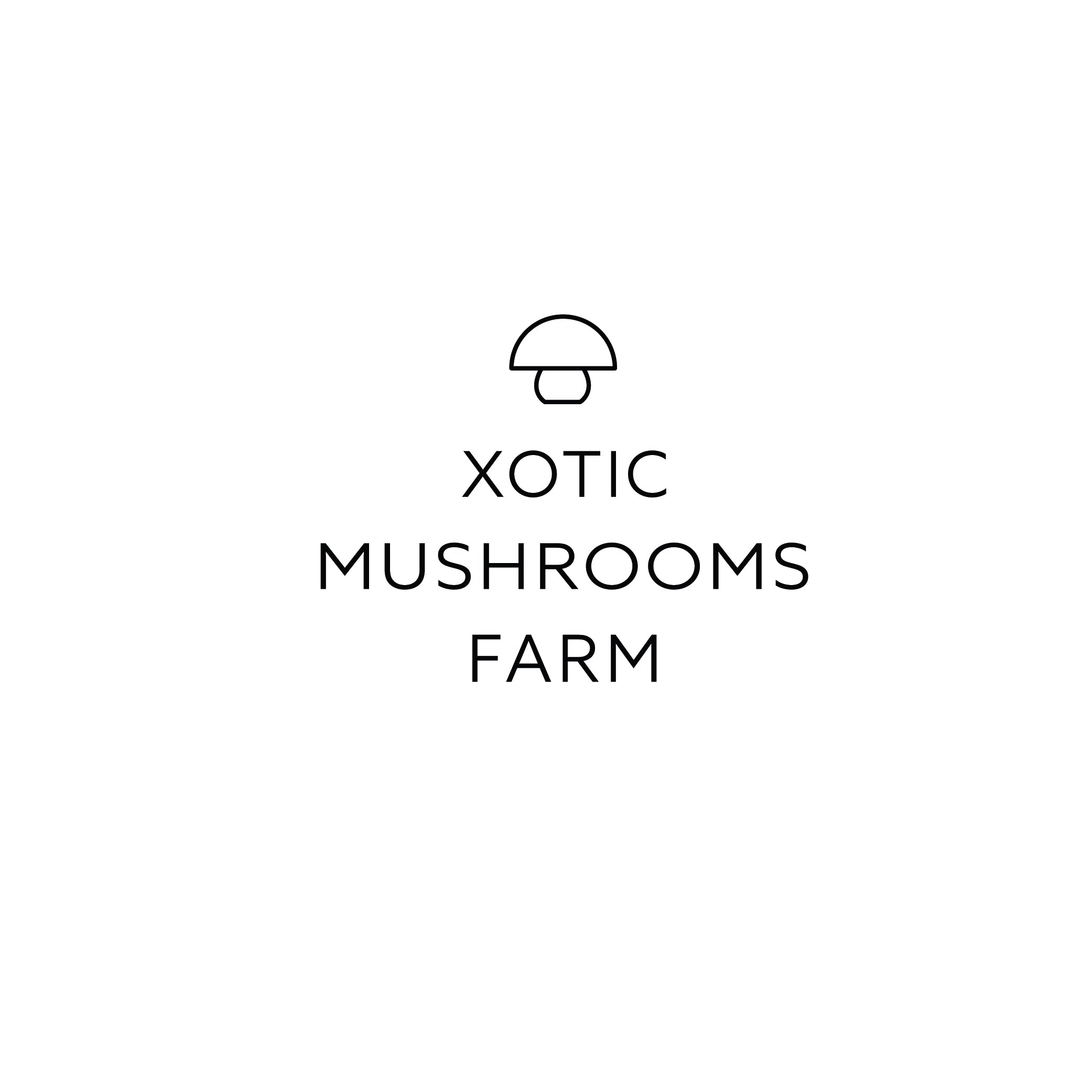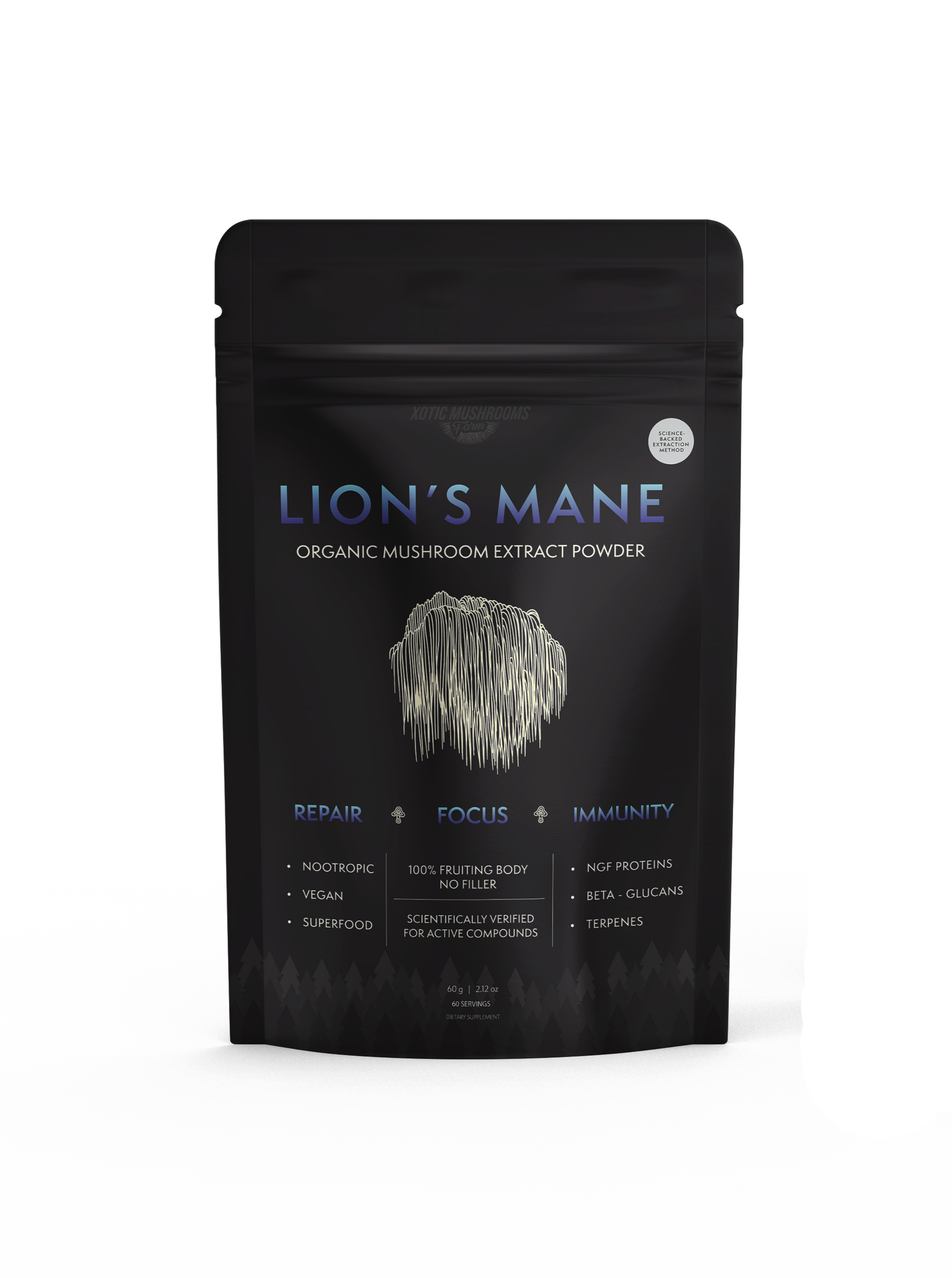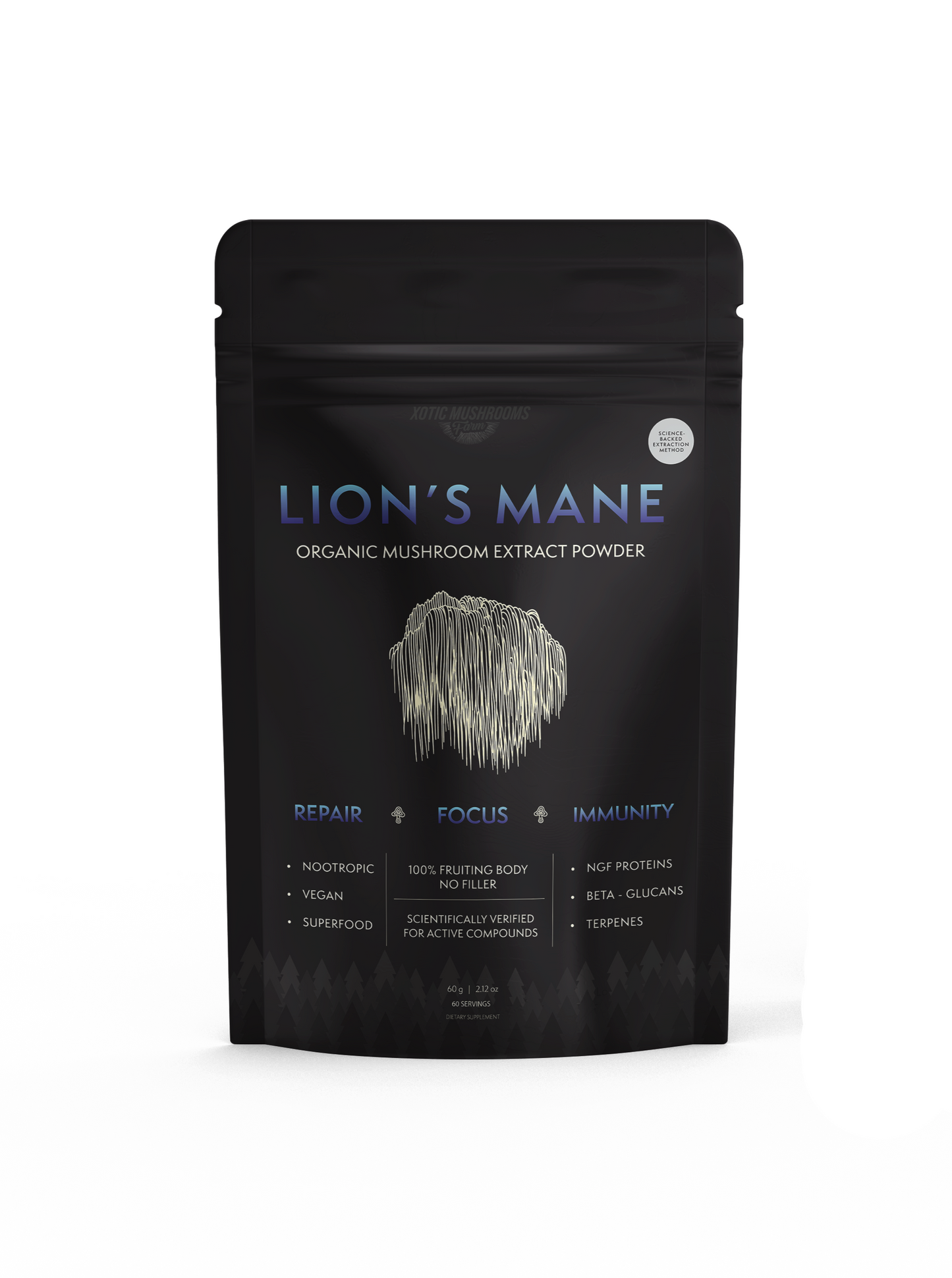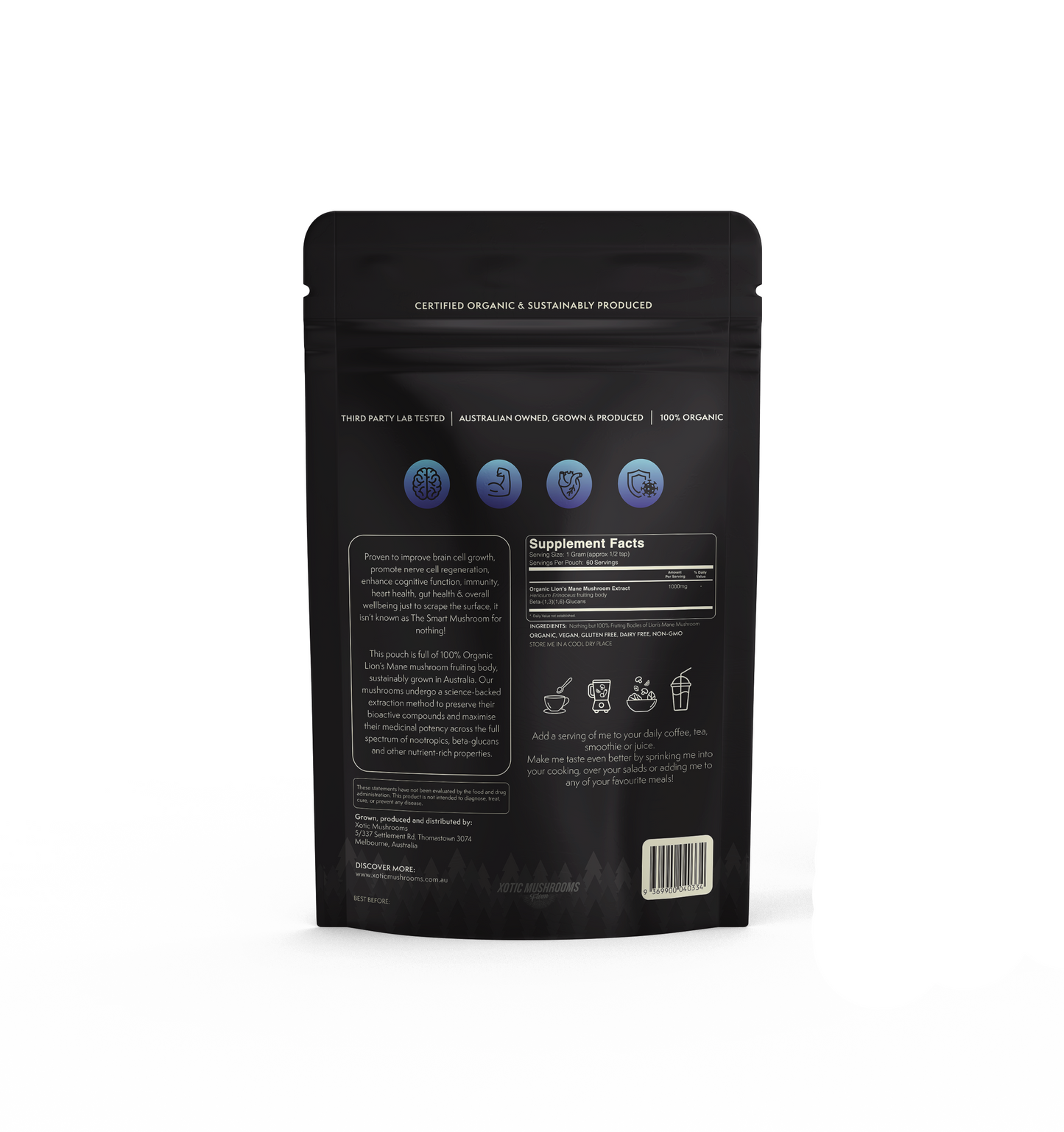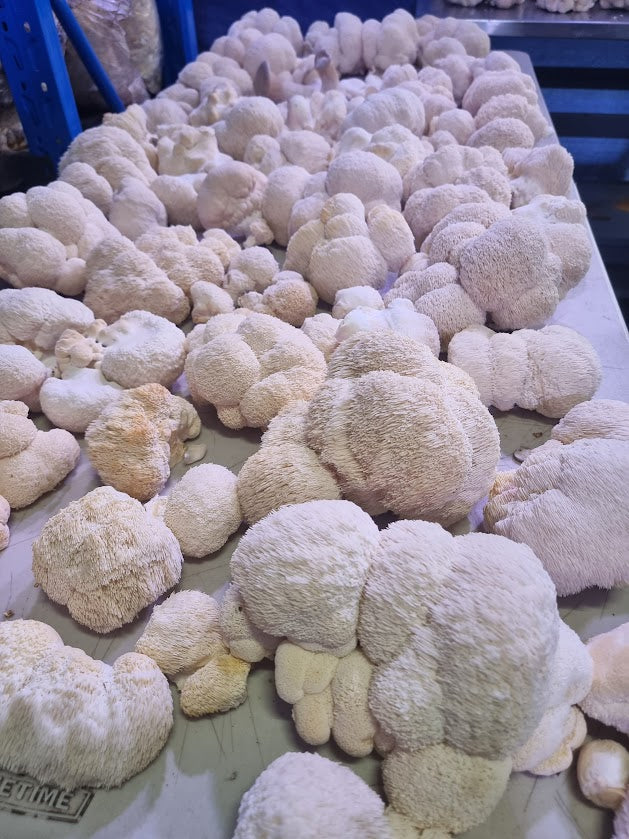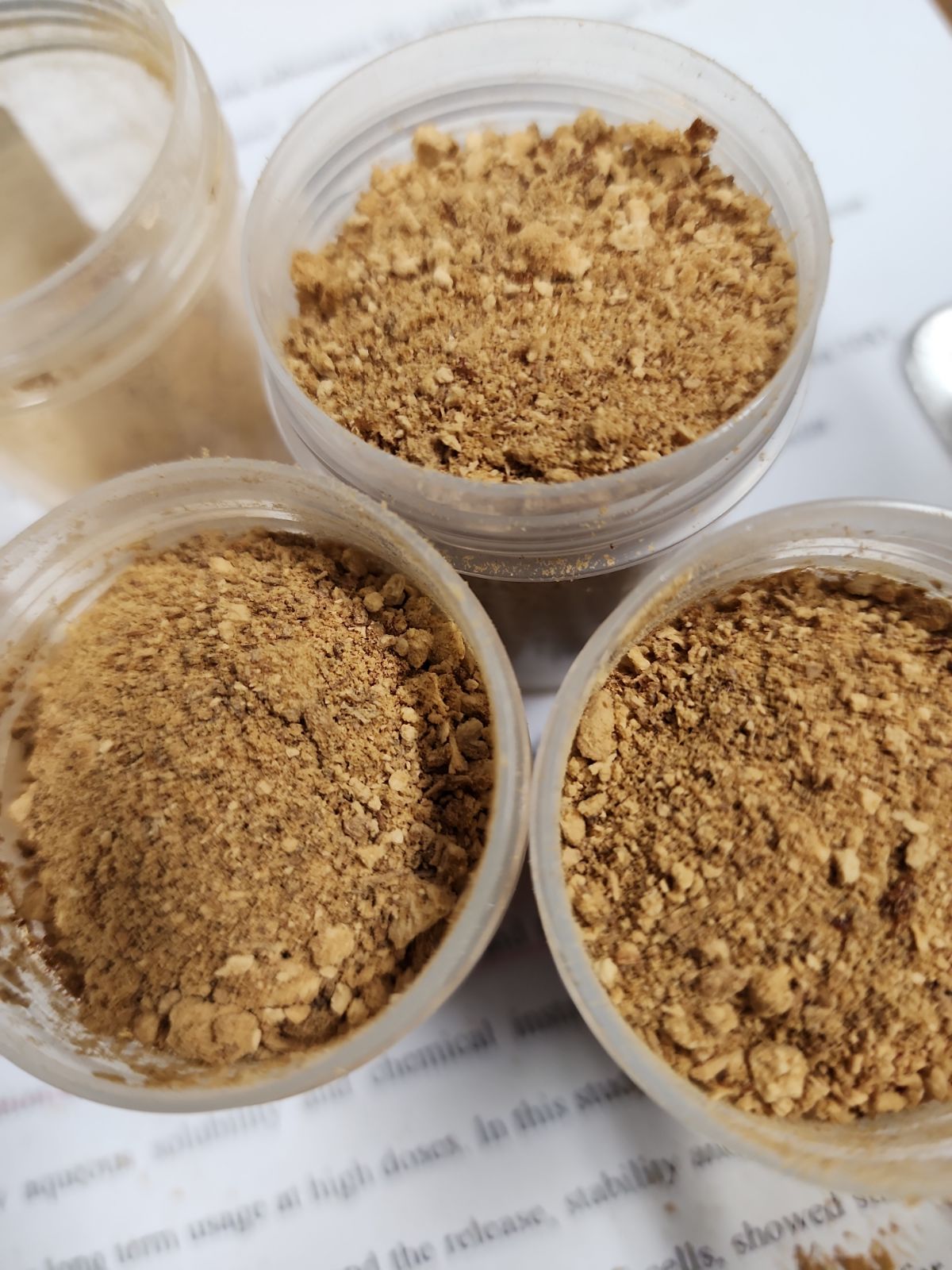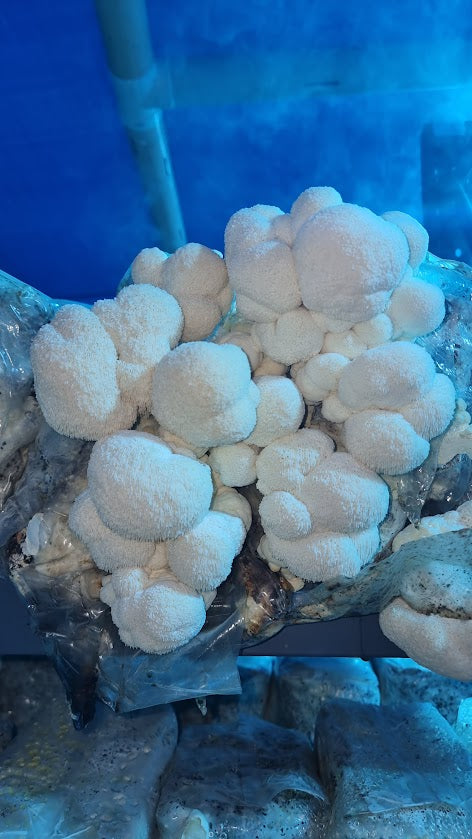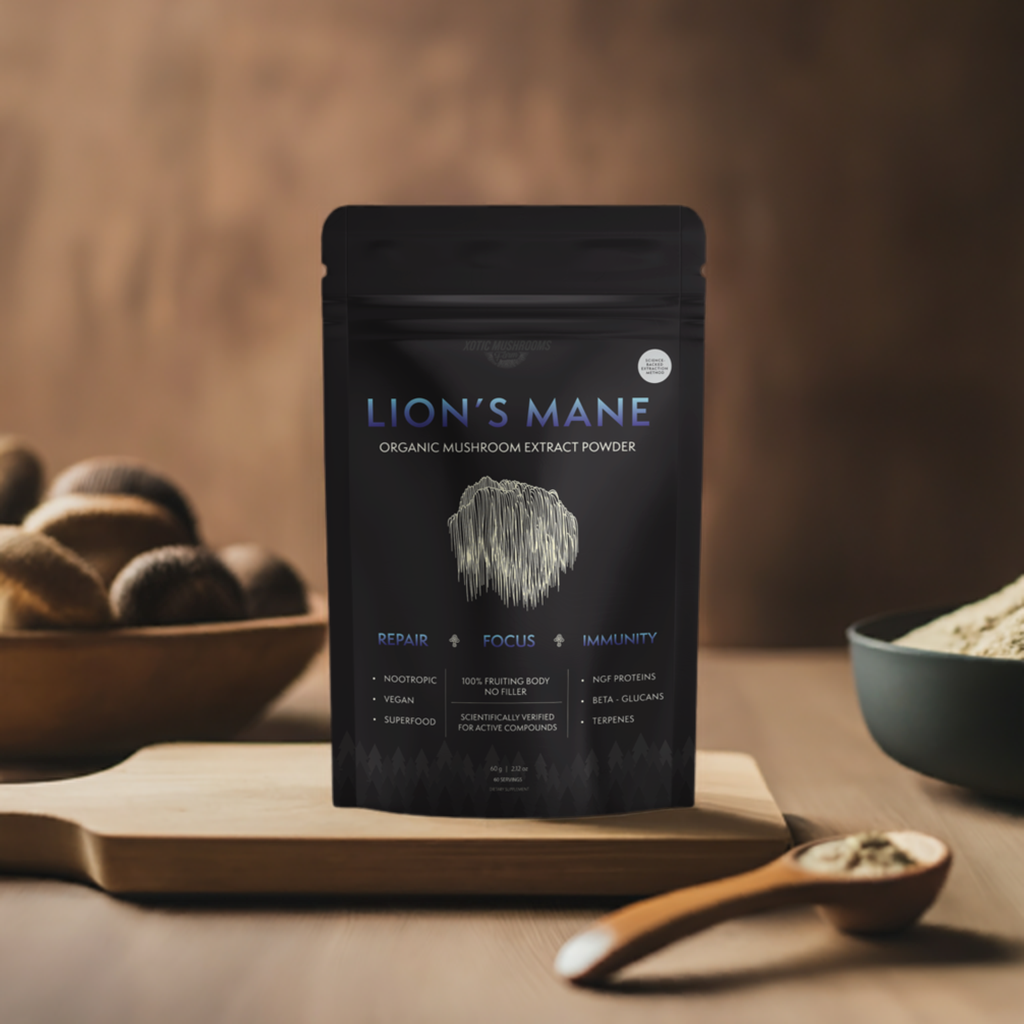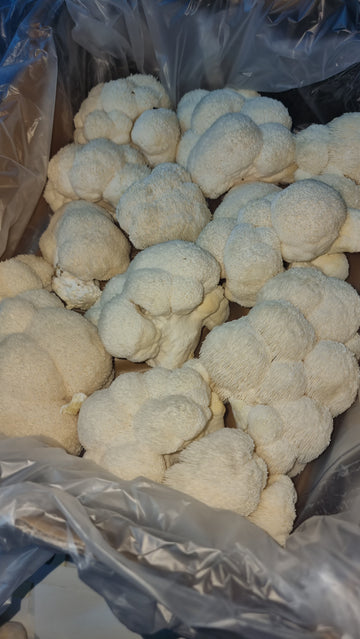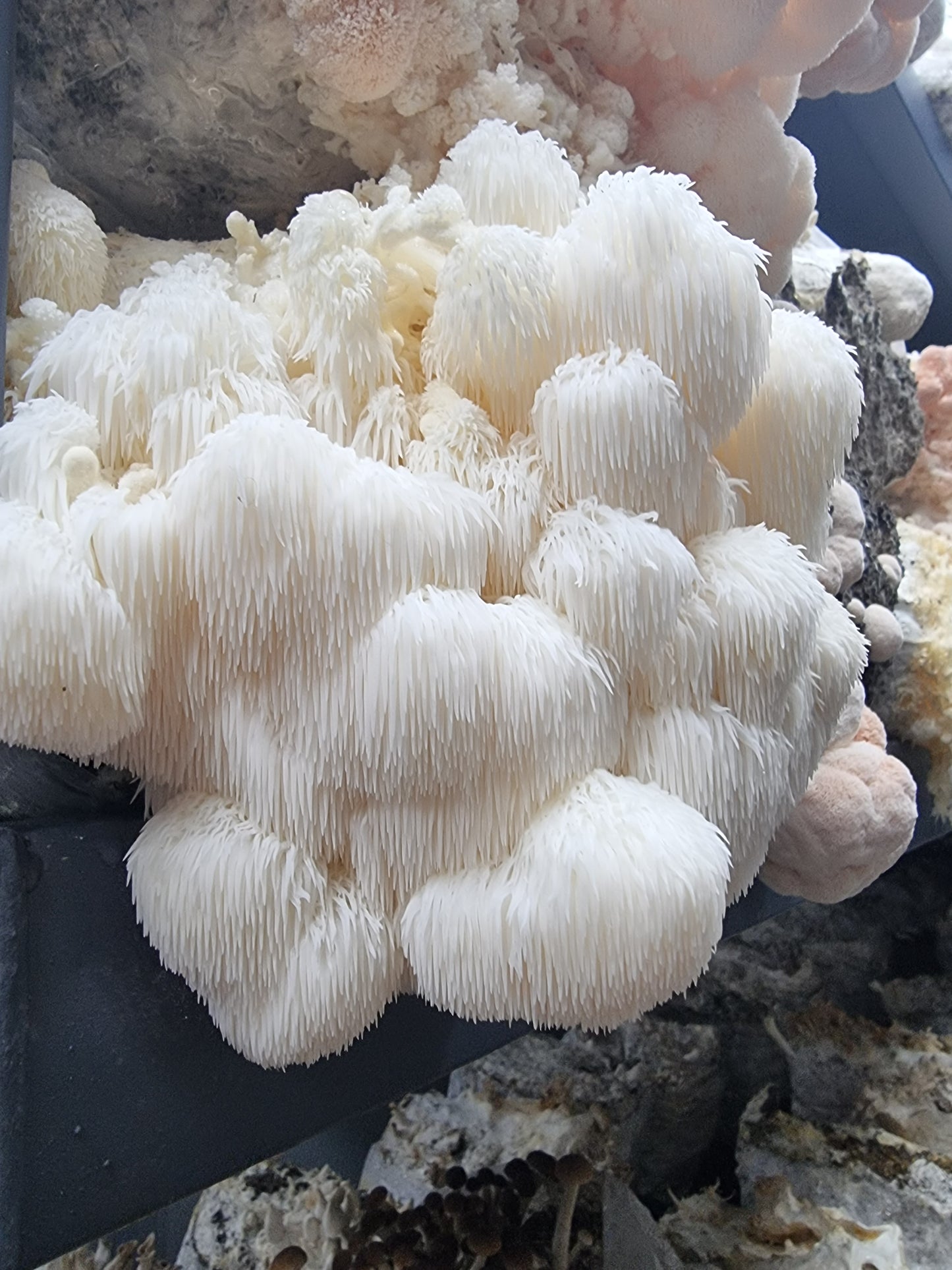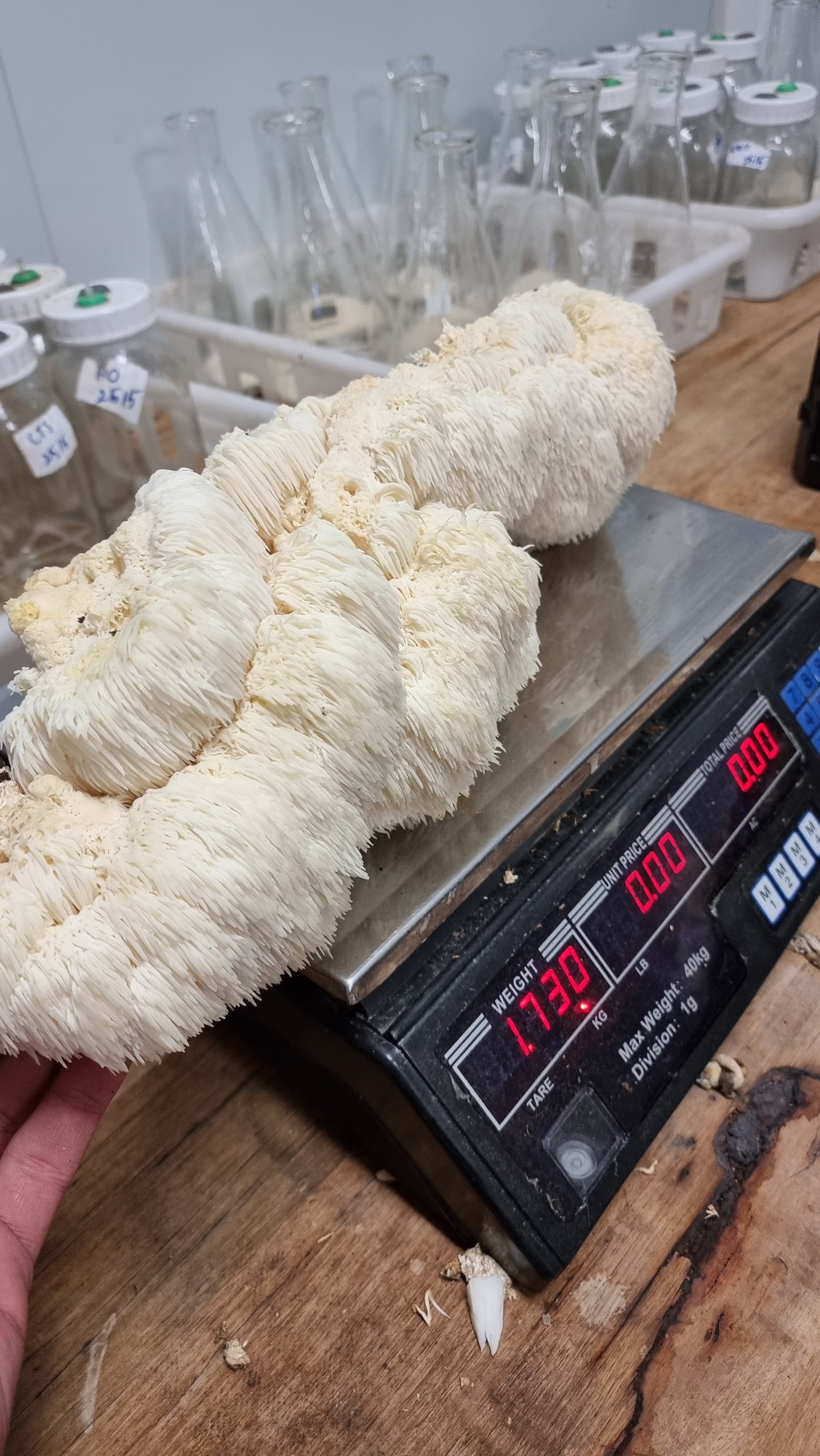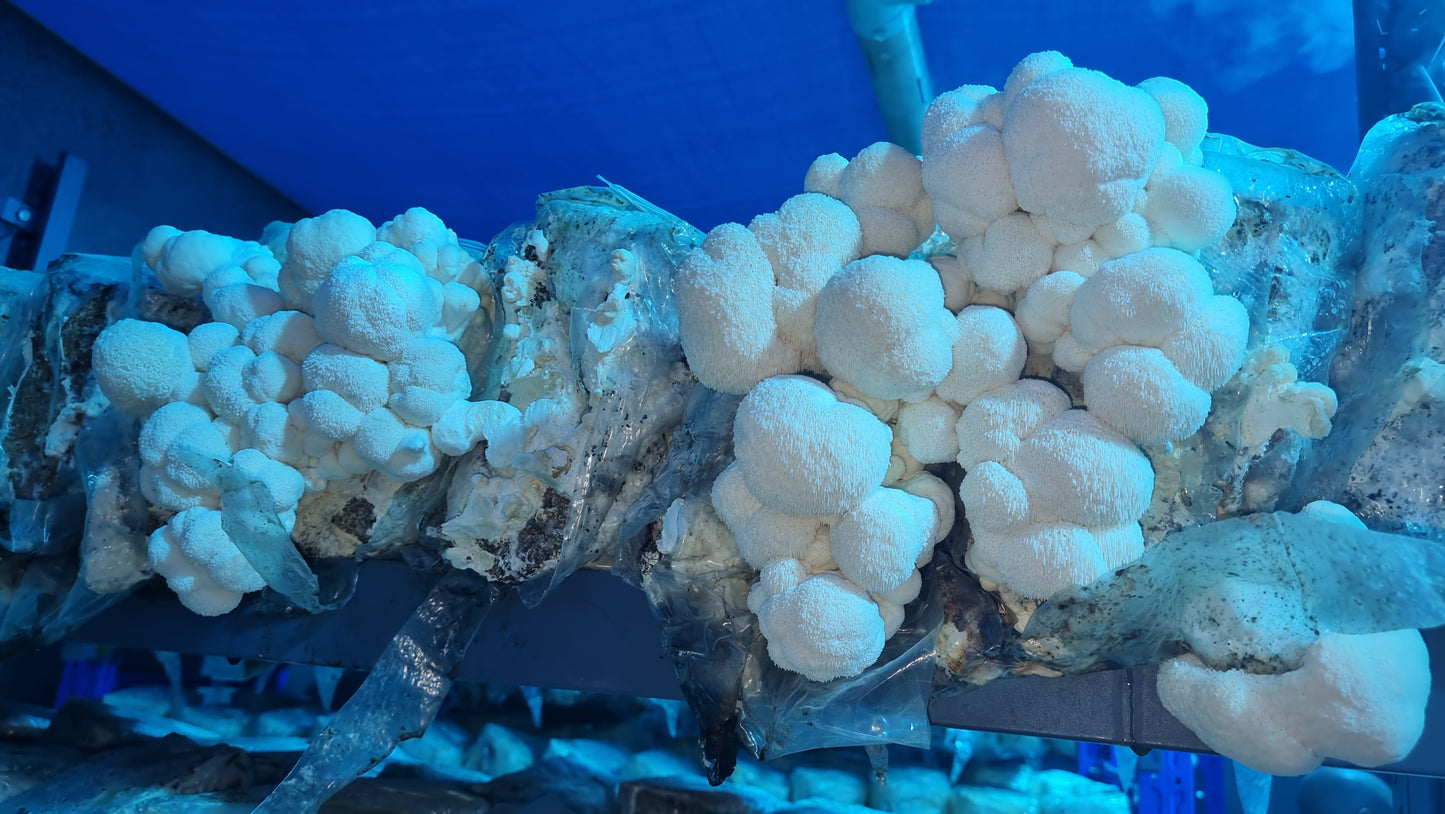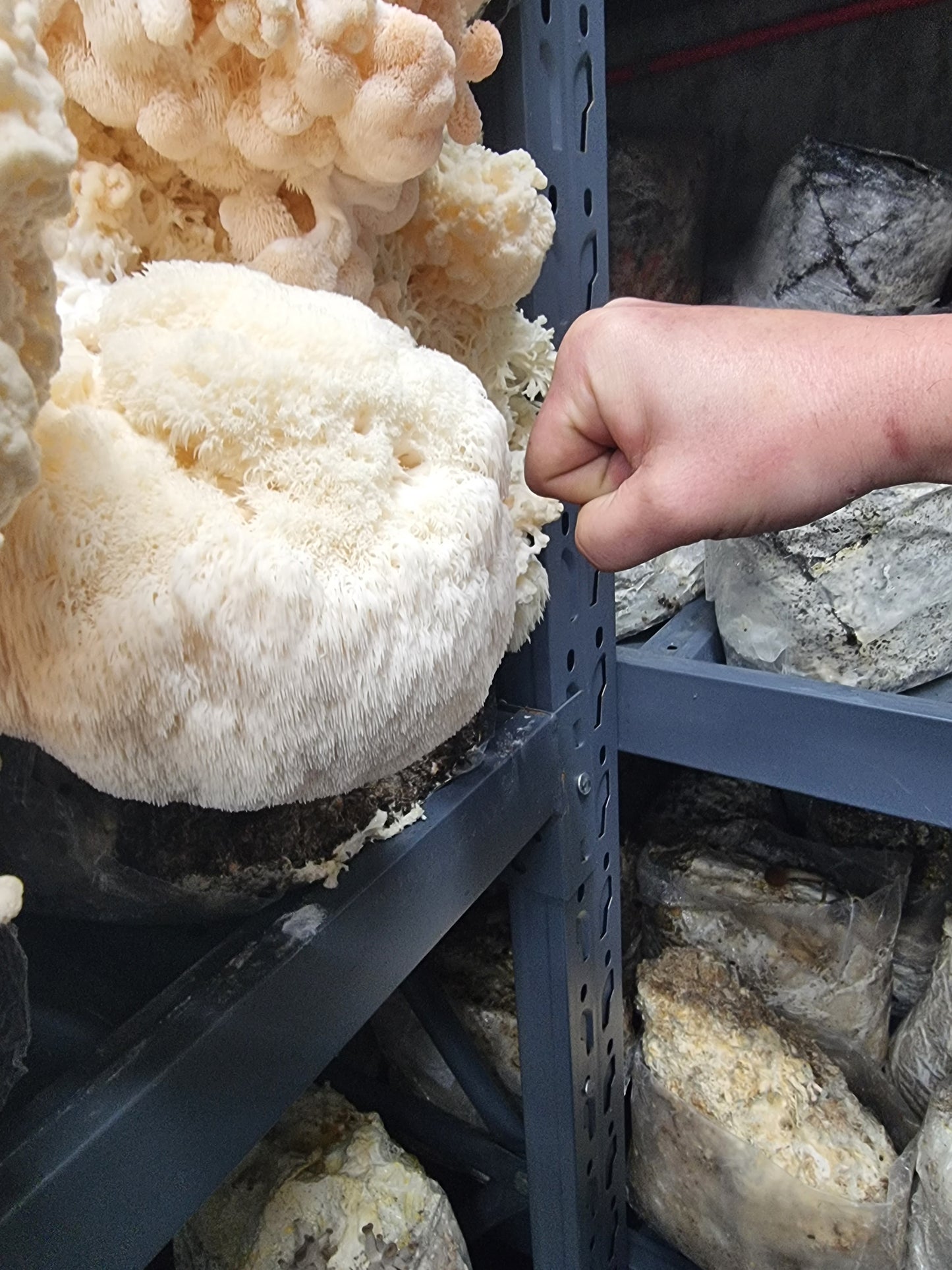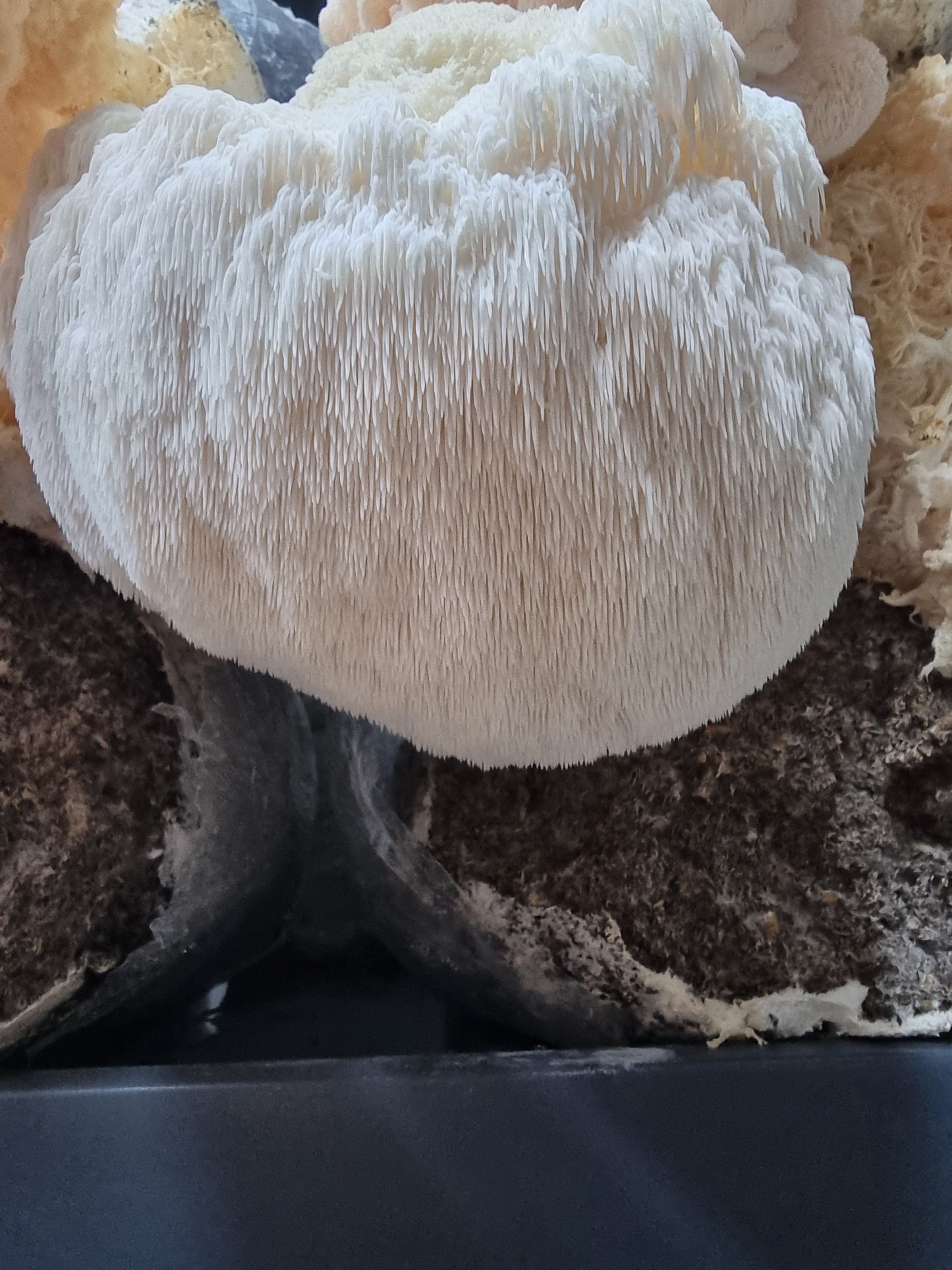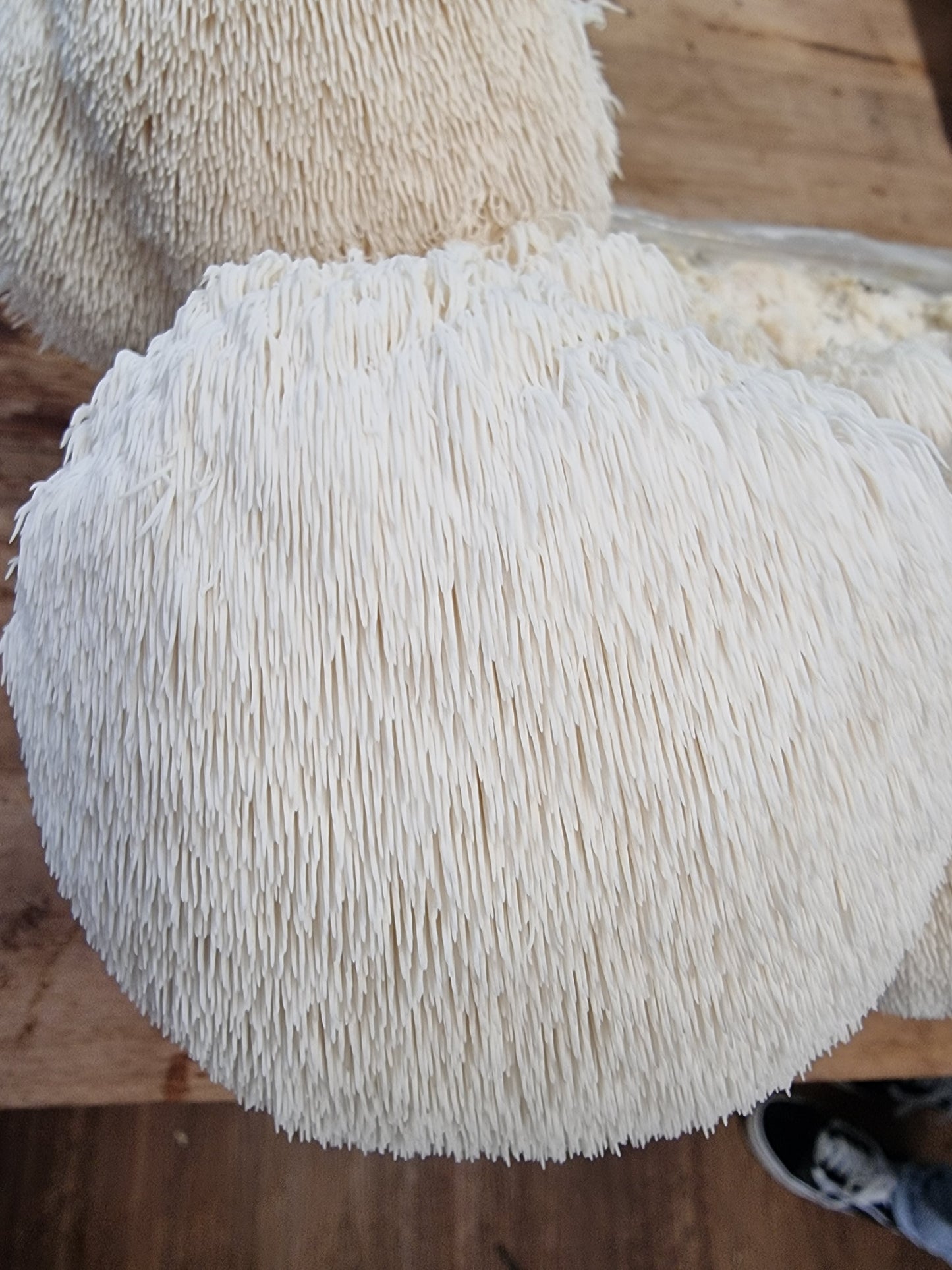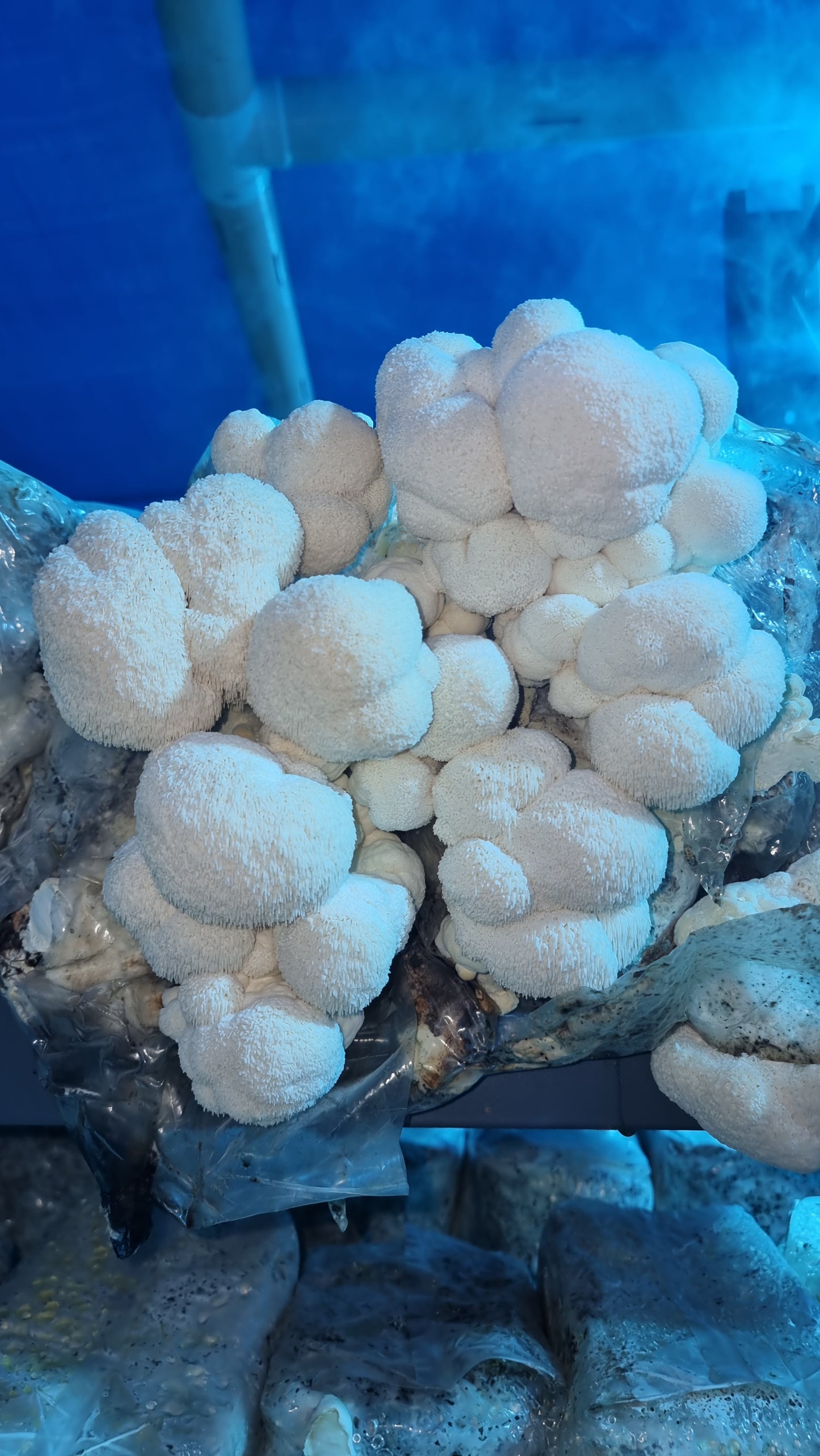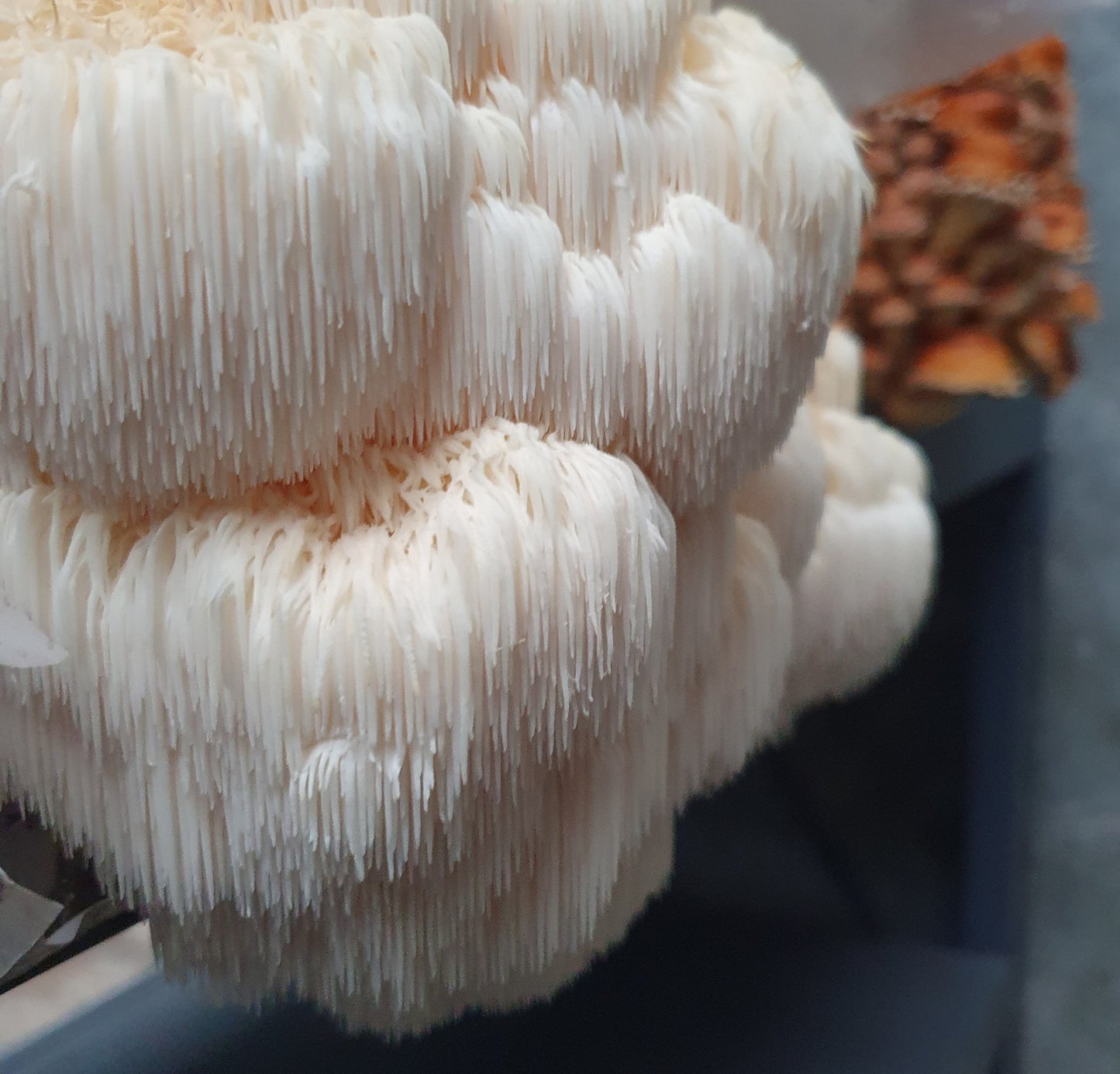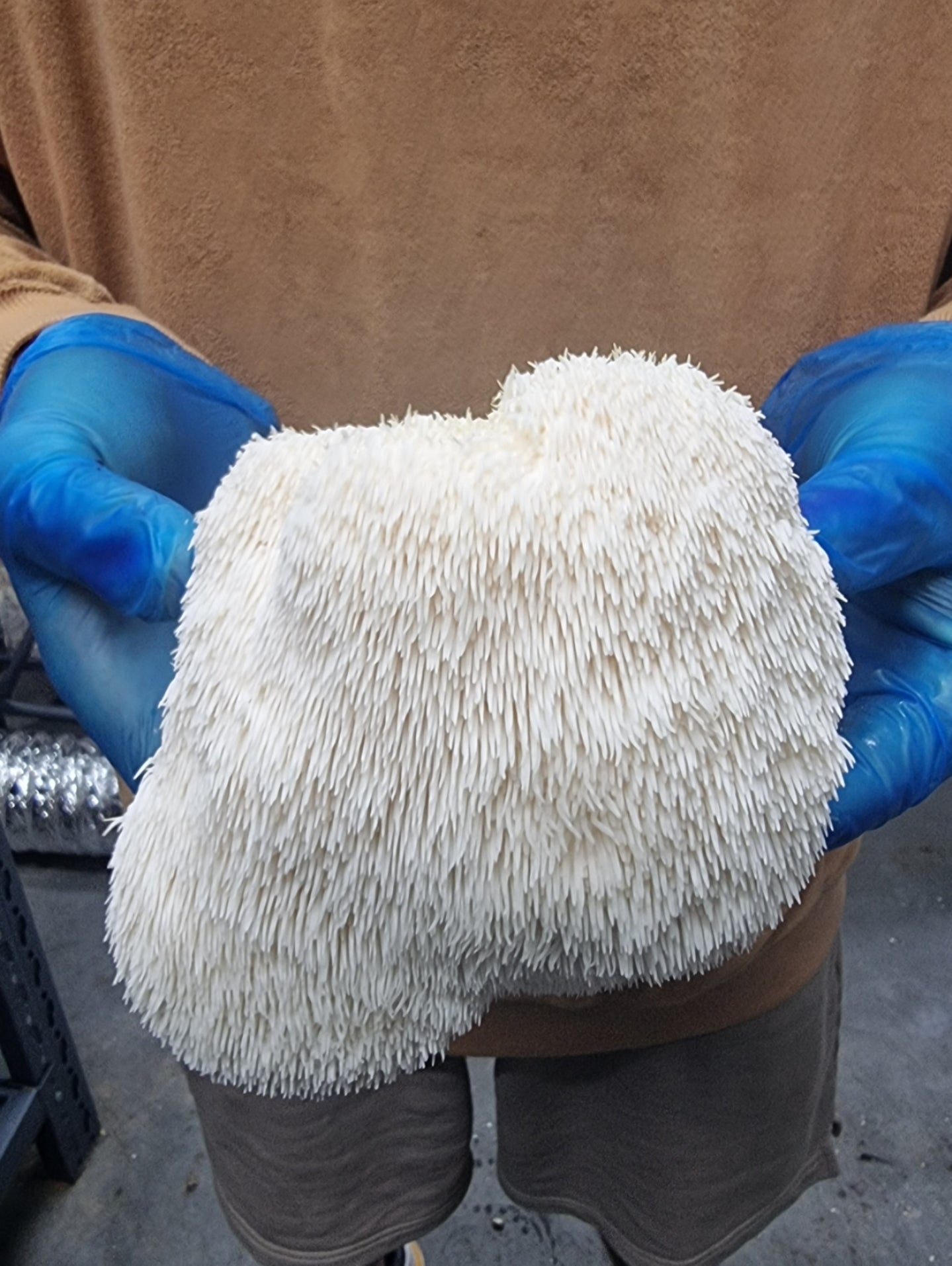Do you need clarification on the culinary distinctions between fresh and dried yellow oyster mushrooms?
This uncertainty can affect your dishes' flavour, texture, and success. Misunderstanding these differences might lead to disappointing meals.
Dig into the vital culinary differences between cooking fresh and dried yellow oyster mushrooms to elevate your culinary skills and ensure delicious results every time.
What Are Yellow Oyster Mushrooms?
Yellow oyster mushrooms (scientific name Pleurotus citrinopileatus) are a vibrant and visually striking oyster mushroom species. These fungi have bright yellow to golden caps and grow in clusters, typically on decaying wood.
When cooked, yellow oyster mushrooms are known for their delicate, tender texture, sweet, mild flavour, and almost velvety consistency. They are native to East Asia, though they are now cultivated worldwide.
In cooking, they have often been sought after for their colour, texture, and versatility, allowing them to be used in various dishes, from soups to stir-fries. Their mild taste and visual appeal make them popular in traditional Asian cuisine and contemporary culinary trends.
Fresh Yellow Oyster Mushrooms: Culinary Uses

Fresh yellow oyster mushrooms are prized for their tender, delicate texture and mild, sweet flavour. They are versatile in many culinary applications:
- Sautéing and Stir-Frying: Fresh yellow oyster mushrooms are ideal for quick-cooking methods like sautéing or stir-frying. They absorb flavours from sauces and seasonings and become tender without losing shape.
- Soups and Stews: Their mild flavour and tender texture make them a great addition to broths and soups.
- Salads and Sandwiches: Lightly sautéed, they can be used as a topping for salads or sandwiches, adding texture and a mild, earthy note.
- Grilled or Roasted: Grilled or roasted, these mushrooms can develop a slightly smoky flavour, enhancing the overall taste of the dish.
- Pasta and Risotto: They add complexity and a touch of sweetness to pasta dishes, risotto, and other grains.
Dried Yellow Oyster Mushrooms: Culinary Uses

Dried yellow oyster mushrooms are typically used after rehydrating in water or broth, which softens them and releases their concentrated umami flavour. They can be used in:
- Soups and Broths: Dried yellow oyster mushrooms add depth and savoury richness to soups and broths, especially in Asian dishes like miso soup or hot pots.
- Sauces and Gravies: Once rehydrated, they can be incorporated into rich sauces and gravies, contributing a savoury, meaty texture and a robust flavour.
- Stir-Fries and Casseroles: After rehydration, they can be added to stir-fries or casseroles, whose chewy texture and rich taste enhance the dish.
- Rice Dishes: Rehydrated mushrooms add an earthy depth to rice pilafs, risottos, or fried rice.
- Dried Mushroom Powder: The mushrooms can also be ground into a powder and used as a seasoning for soups and stews or as a flavour boost in various dishes.
Key Culinary Differences Between Fresh and Dried Yellow Oyster Mushrooms

Whether you're craving the delicate tenderness of fresh mushrooms or the rich umami of their dried counterparts, understanding their differences can elevate your cooking and transform your dishes into something extraordinary. Let’s explore their culinary differences.
1. Texture
Fresh yellow oyster mushrooms have a delicate, tender texture that softens quickly when cooked. Their thin, fleshy caps and stems offer a slight resistance before yielding a smooth, almost velvety consistency.
This makes them perfect for quick cooking methods like sautéing, stir-frying, or adding to salads where their soft texture stands out.
Dried yellow oyster mushrooms, in contrast, are firm and chewy when dry. The drying process removes moisture and alters their structure, making them less pliable. However, when rehydrated, they absorb water or broth and soften considerably, regaining a more substantial, meaty texture.
After rehydration, they have a chewy, somewhat spongy consistency that works well in dishes like stews or braised recipes where texture is desired to withstand long cooking times.
2. Flavour
Fresh yellow oyster mushrooms have a mild, slightly sweet flavour with a subtle earthy note. This makes them perfect for dishes where their flavour should complement rather than dominate other ingredients.
Their subtlety is ideal in lighter fare, such as stir-fries, soups, or salads. On the other hand, dried yellow oyster mushrooms have a much more concentrated flavour. The drying process intensifies their natural umami, lending them a rich, savoury taste that's more pronounced than their fresh counterparts.
Rehydrating dried mushrooms helps release some of the original flavours, but it also deepens their umami profile, making them ideal for enhancing broths, sauces, and soups. Their flavour is fuller and more robust, often adding an earthy, meaty richness to dishes.
3. Cooking Methods
Fresh yellow oyster mushrooms are incredibly versatile in terms of cooking methods. They are best cooked quickly—typically sautéed or stir-fried—so they retain their delicate texture and subtle flavour.
They can also be added raw to salads or sandwiches for a light, fresh bite. Their tender texture makes them ideal for dishes that don't require long cooking times.
Dried yellow oyster mushrooms, however, require a bit more preparation. Before cooking, they must be rehydrated in warm water, broth, or wine to restore their texture and unlock their concentrated flavour. Once rehydrated, they are ideal for soups, broths, risottos, stews, and sauces.
They are especially useful in dishes that benefit from a long cooking process where the mushrooms can release their deep, earthy flavour over time. The rehydrated mushrooms can also be sautéed, but their texture will be chewier and more robust than fresh ones.
4. Shelf Life
One of the most significant differences between fresh and dried yellow oyster mushrooms is their shelf life. Fresh mushrooms are highly perishable and must be consumed within 2–3 days, often requiring refrigeration to maintain their freshness.
They can spoil quickly due to their high water content, encouraging bacterial growth and mould. On the other hand, dried yellow oyster mushrooms have a much longer shelf life. When stored in an airtight container in a cool, dry place, they can last for several months to even a year.
Their dried form makes them a practical option for stocking up, as they can be used when fresh mushrooms are unavailable and are incredibly convenient for long-term storage.
5. Flavour Absorption
Fresh yellow oyster mushrooms are excellent at absorbing surrounding flavours quickly. Their delicate structure allows them to take on the essence of sauces, broths, and other seasonings during cooking, making them a great addition to stir-fries, sautés, or soups.
However, they don't intensify the flavours in the same way that dried mushrooms do. Once rehydrated, dried mushrooms have a more remarkable ability to absorb liquids, allowing them to take on the full flavour of the broth or cooking liquid they are rehydrated in.
This makes them particularly good for dishes with a flavour-rich base, such as soups, gravies, or risottos. Additionally, rehydrated mushrooms often have a stronger flavour profile than fresh ones, allowing them to infuse dishes with a more potent, savoury taste.
How to Choose Between Fresh and Dried Yellow Oyster Mushrooms

Choosing between fresh and dried yellow oyster mushrooms depends on the desired flavour intensity, cooking time, and storage needs.
Fresh yellow oyster mushrooms are ideal if you're looking for a delicate, mild flavour and tender texture in dishes like stir-fries or salads. They provide a light, fresh taste that enhances dishes without overwhelming other ingredients.
Dried mushrooms are better suited for dishes where a rich, umami flavour is desired, such as broths, soups, or sauces. The drying process concentrates the flavour, so dried mushrooms are perfect for adding depth to these dishes.
Dried mushrooms can offer a savoury backbone to the dish if you're cooking for a long period, like in slow-cooked stews or braises.
In terms of practicality, dried mushrooms have a much longer shelf life and can be stored easily, making them a good option for long-term use or when fresh mushrooms aren't available.
Dried mushrooms are a great pantry staple if you’re looking for more convenience and a flavour boost. If you're cooking a dish that showcases the delicate texture of mushrooms, fresh mushrooms will be the better choice.
Tips for Storing Fresh and Dried Yellow Oyster Mushrooms
Unlock your yellow oyster mushrooms' full flavour and longevity with these simple mushroom storage hacks! Whether fresh from the market or dried for later use, these tips keep your fungi in perfect condition.
- Storing Fresh Yellow Oyster Mushrooms: Fresh yellow oyster mushrooms are best used within 2–3 days of purchase. Store them in the refrigerator in a paper bag or a damp paper towel inside an open container. Avoid storing them in plastic bags, as this traps moisture and can cause them to spoil quickly.
- Storing Dried Yellow Oyster Mushrooms: Dried mushrooms should be stored in an airtight container in a cool, dark, and dry place. A pantry or a cupboard works well. If kept in these conditions, they can last for several months to even a year.
- Rehydrating Dried Yellow Oyster Mushrooms: To rehydrate dried mushrooms, soak them in warm water or broth for 20–30 minutes until they become soft and pliable. You can also use the soaking liquid in your dishes to enhance the flavour.
Conclusion
Understanding the culinary differences between fresh and dried yellow oyster mushrooms can elevate your cooking. Fresh mushrooms from Xotic mushroom offer delicate texture and mild flavour, while dried mushrooms provide an intense, robust taste.
Experiment with both in your dishes to discover their unique benefits. Try incorporating them into your following recipe and transform your culinary creations.
